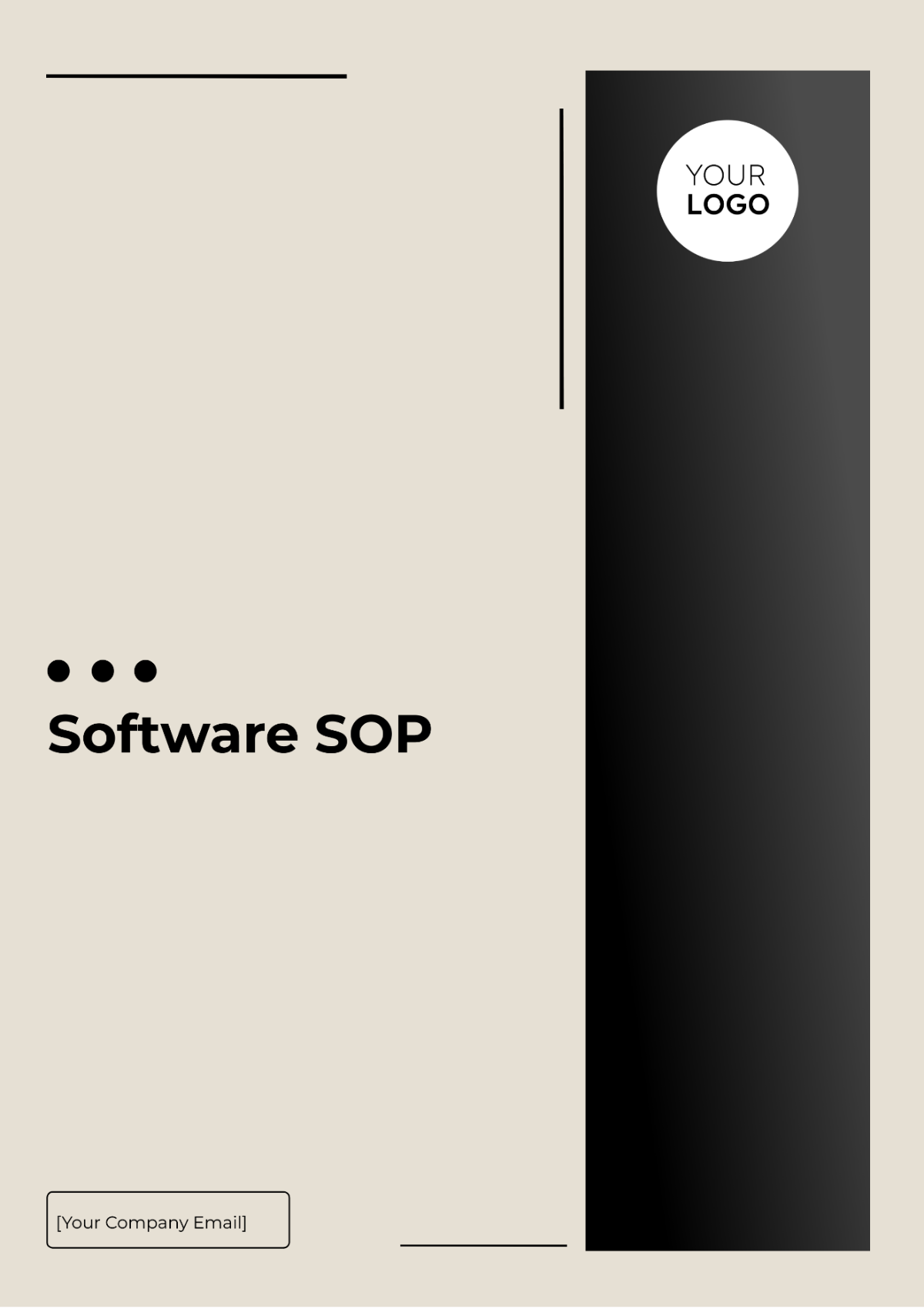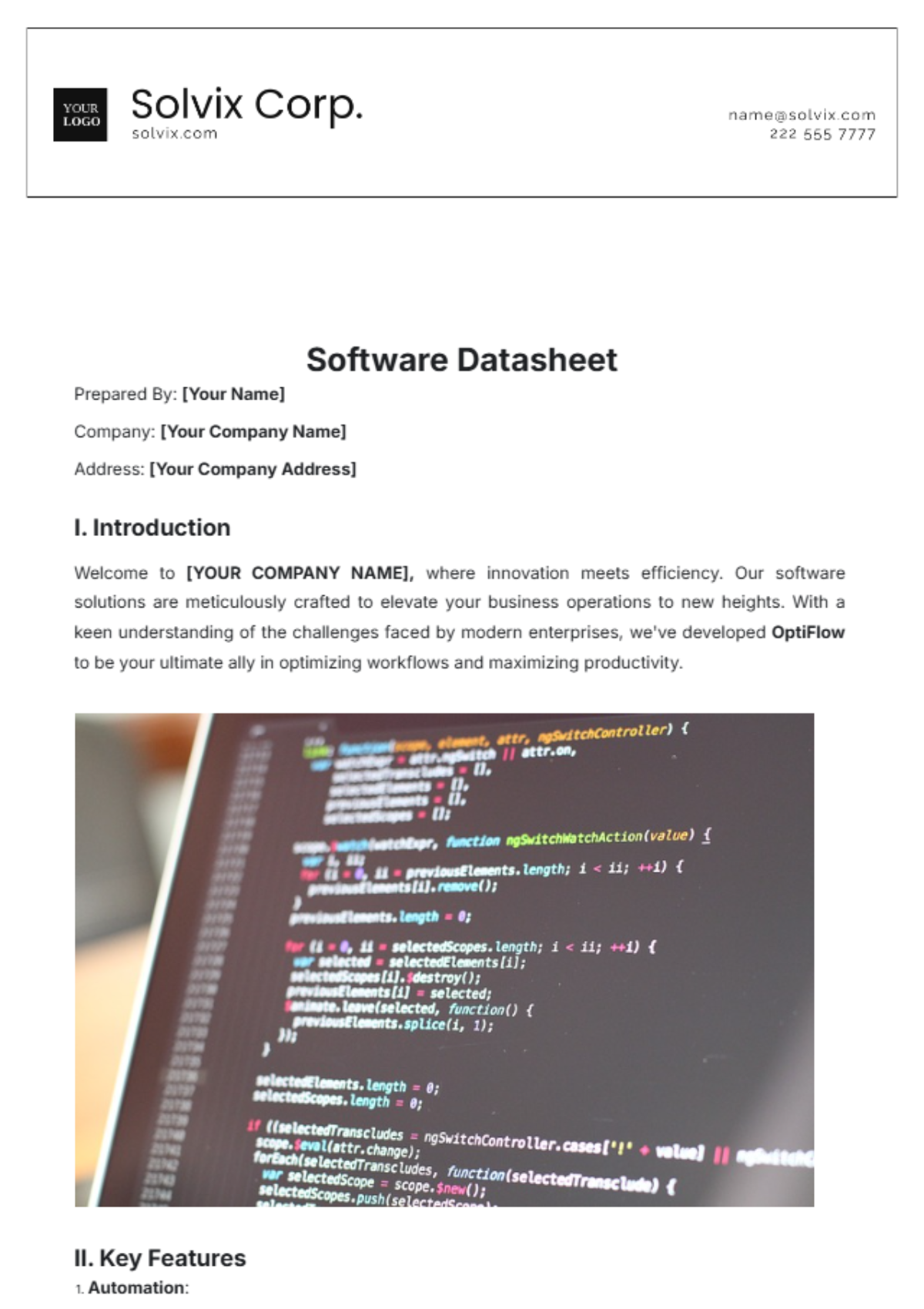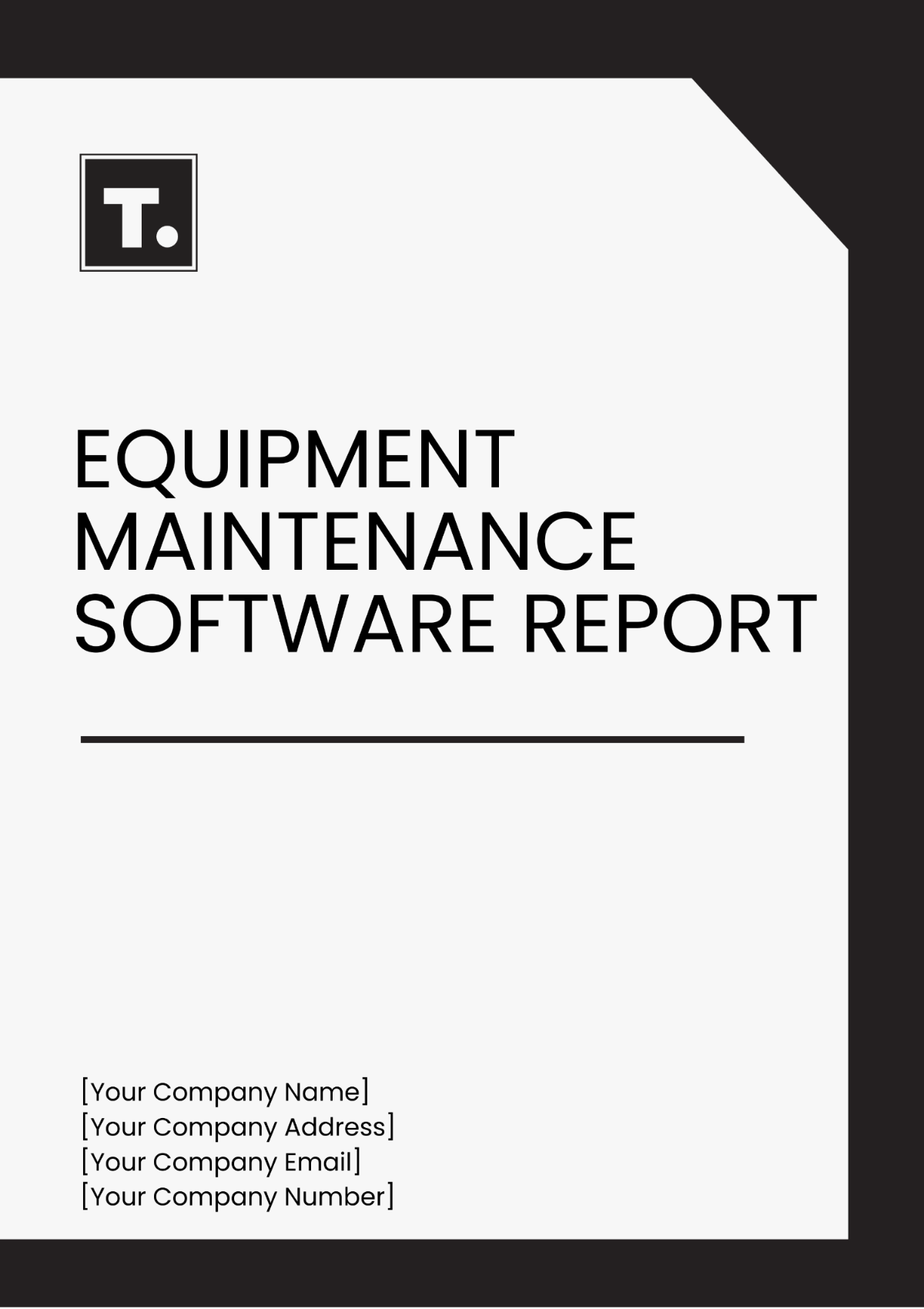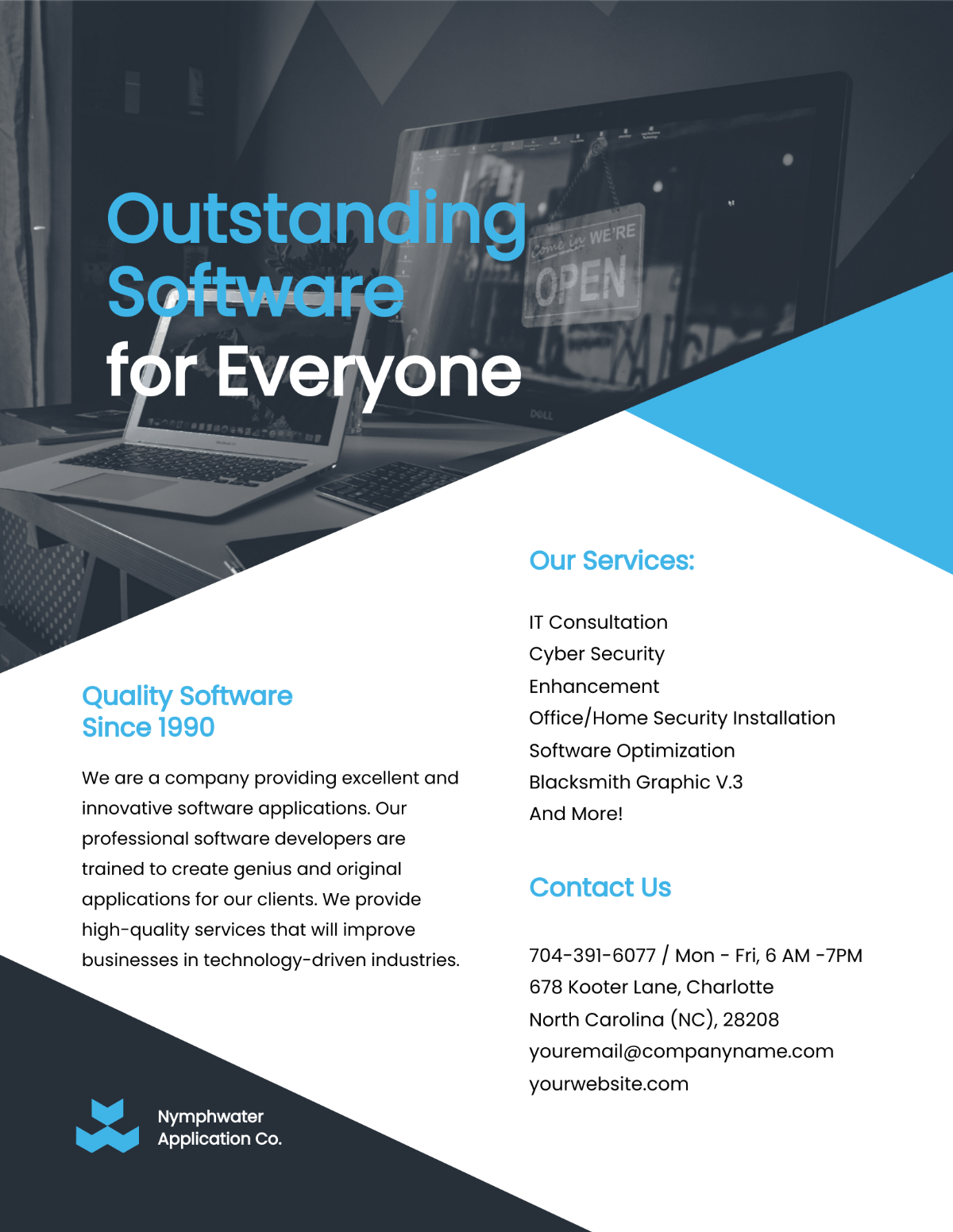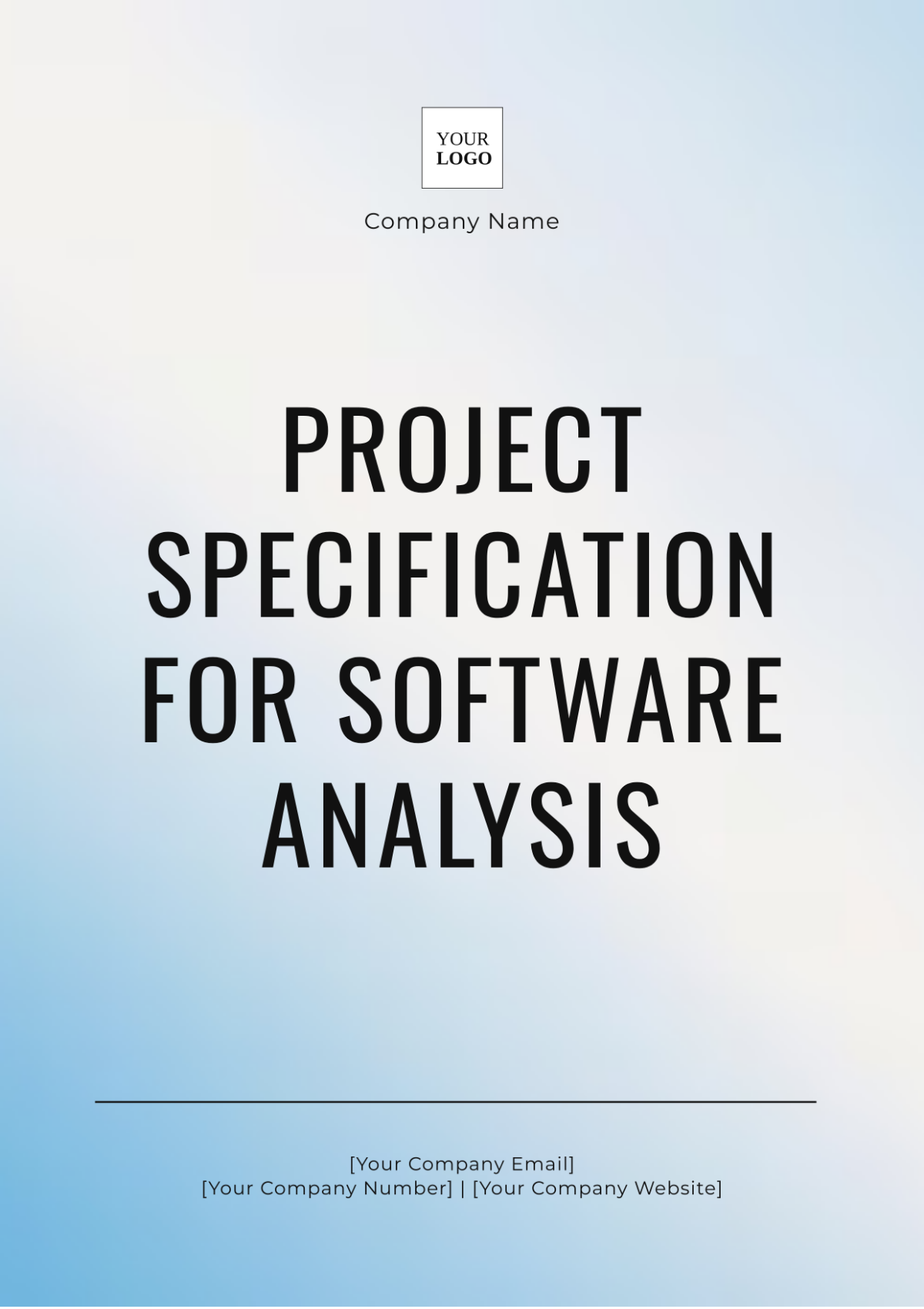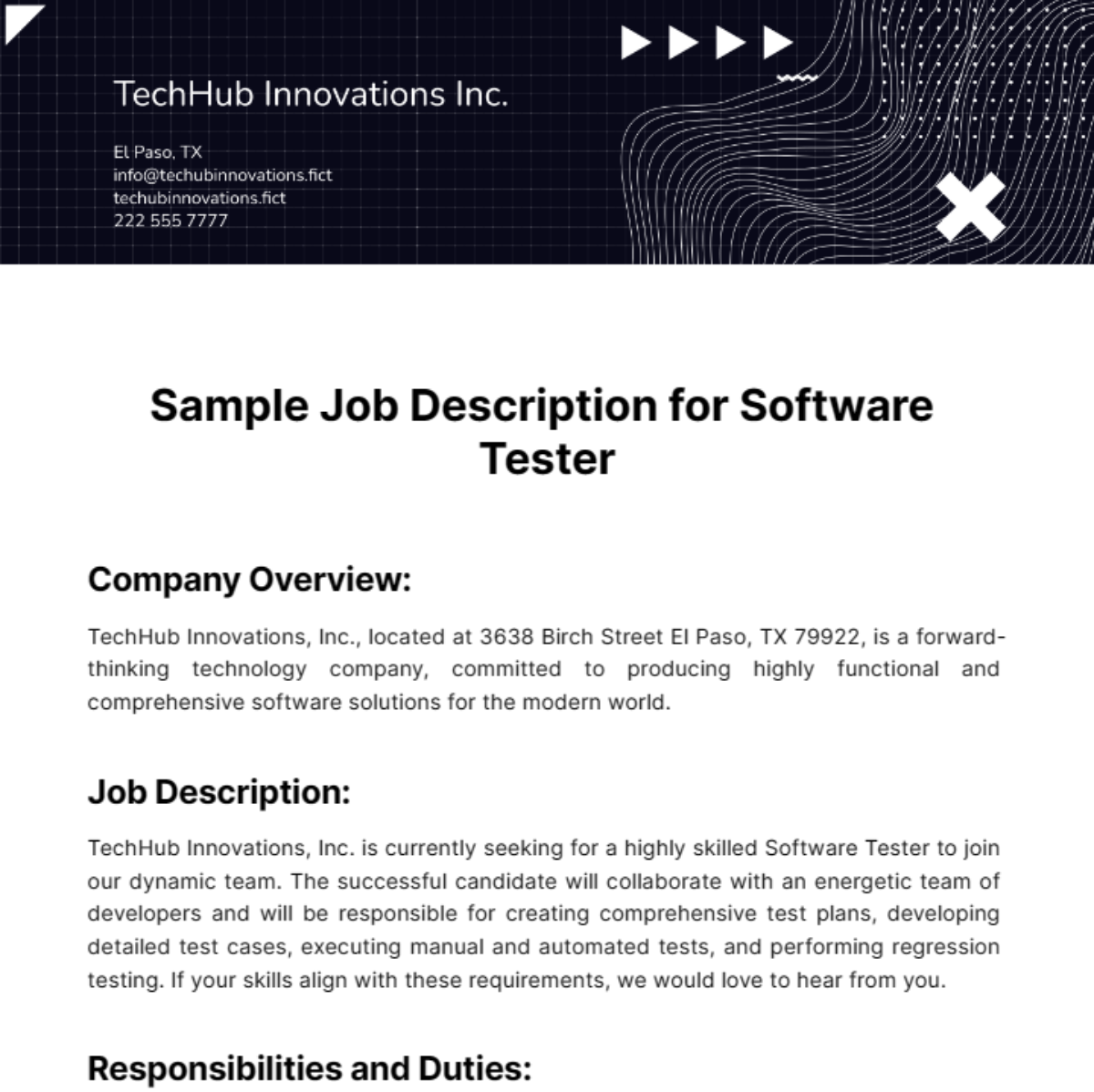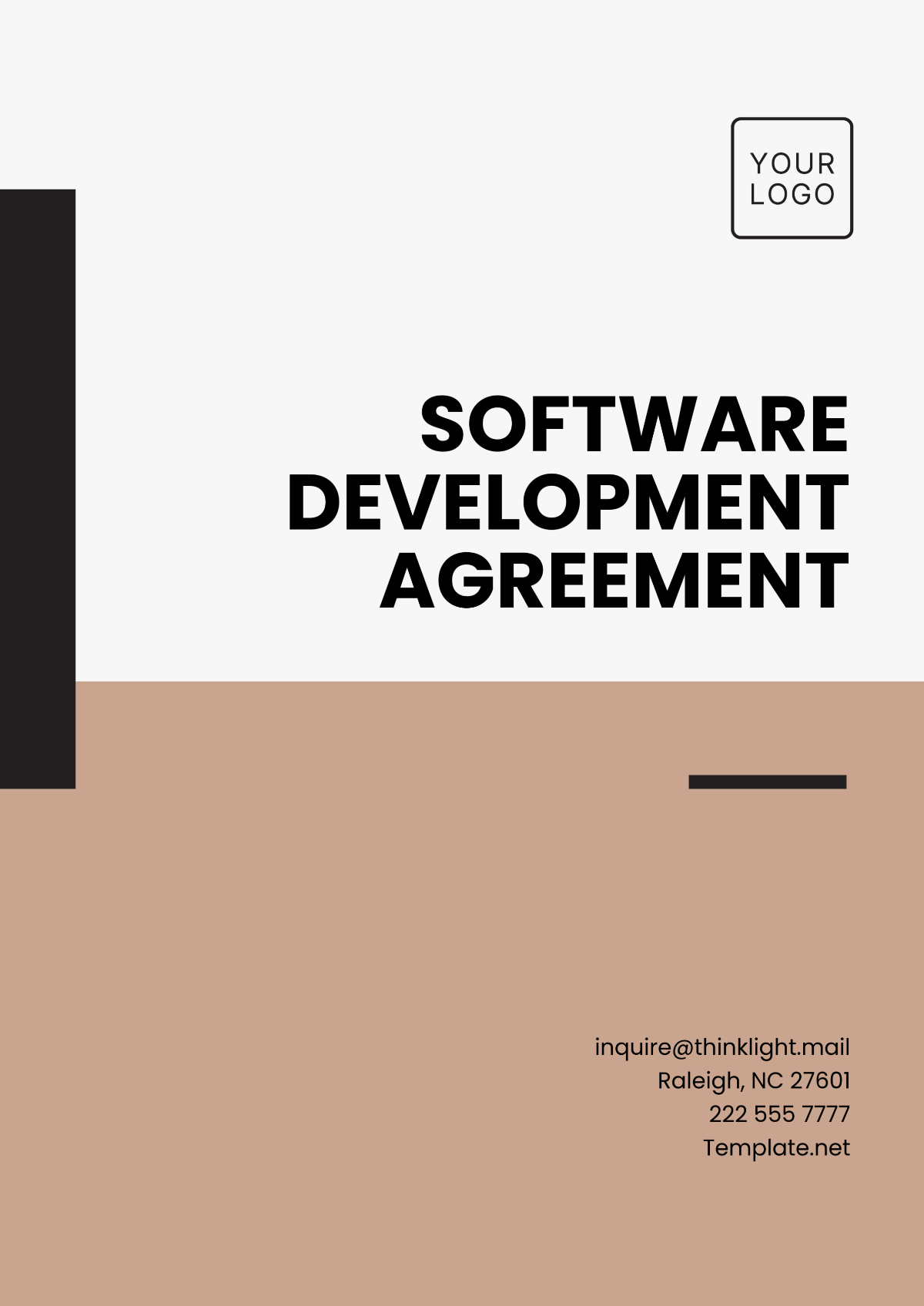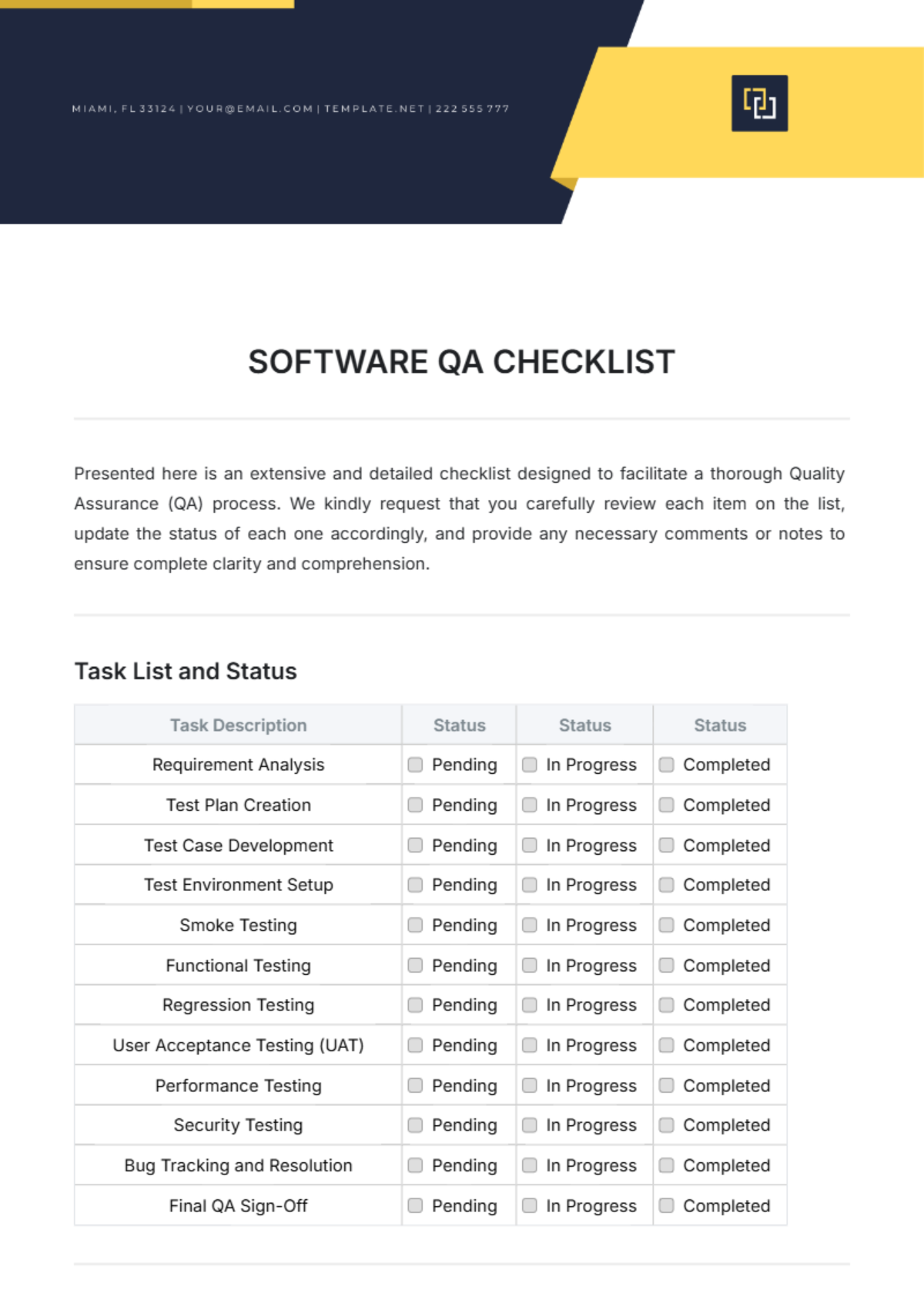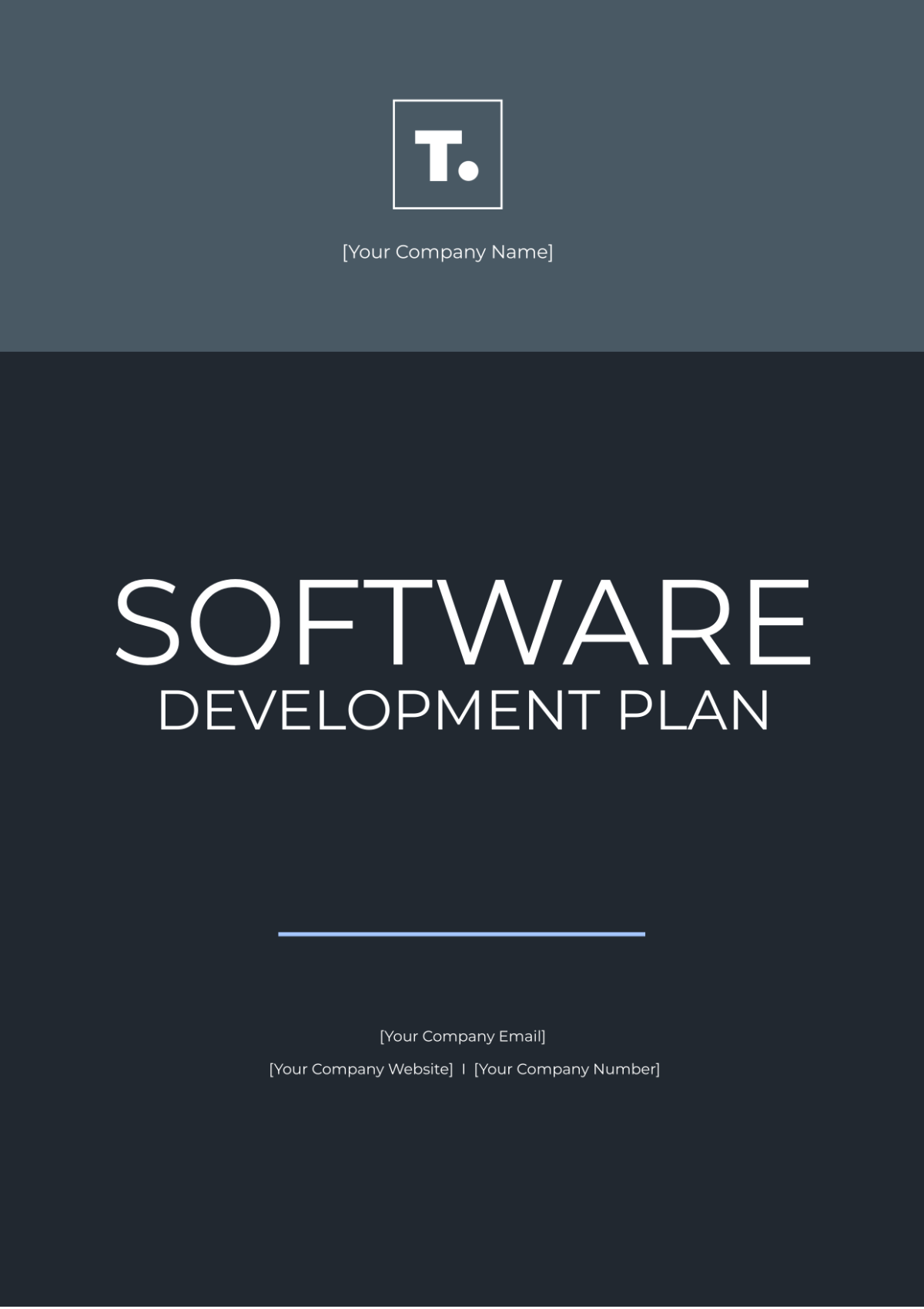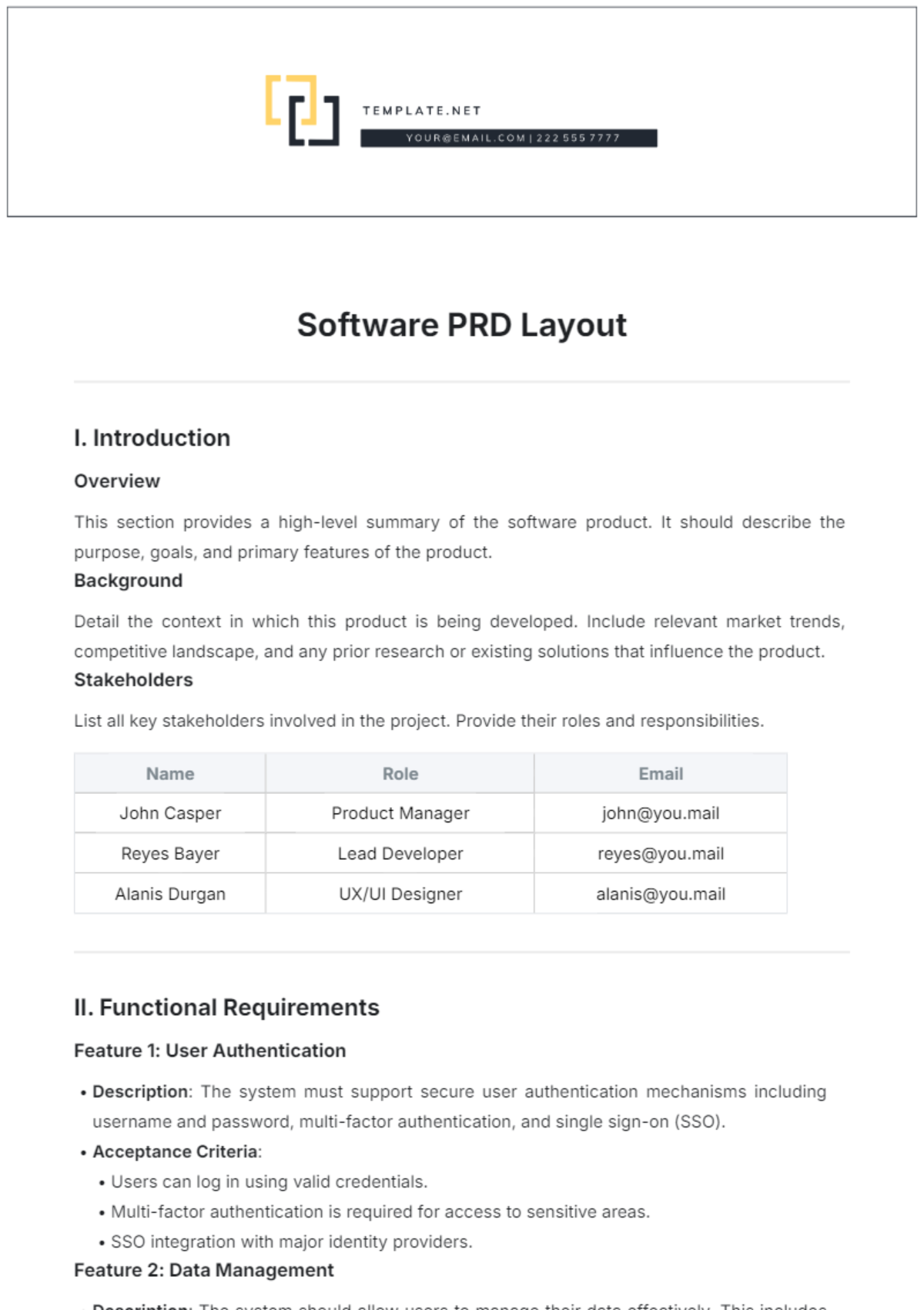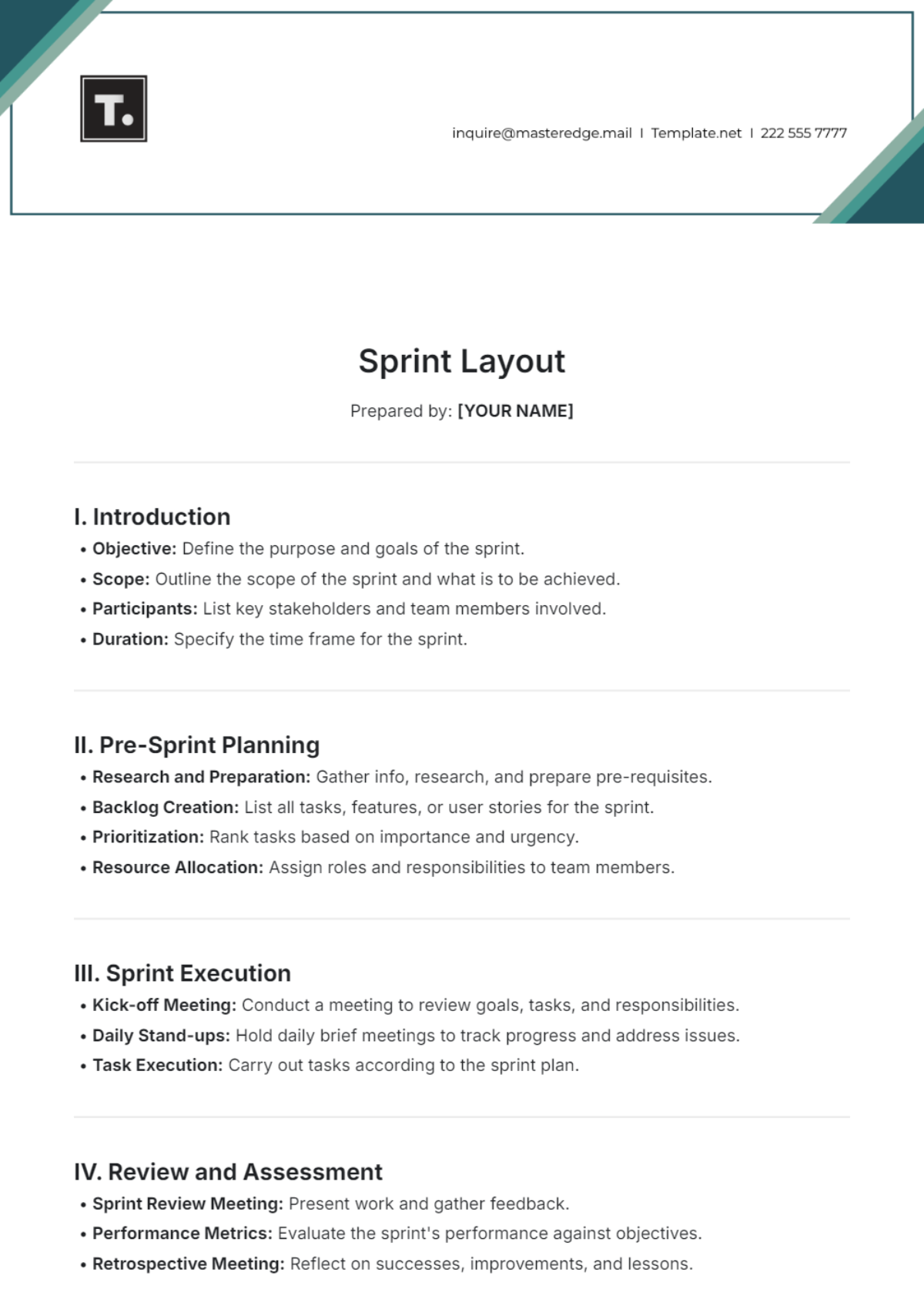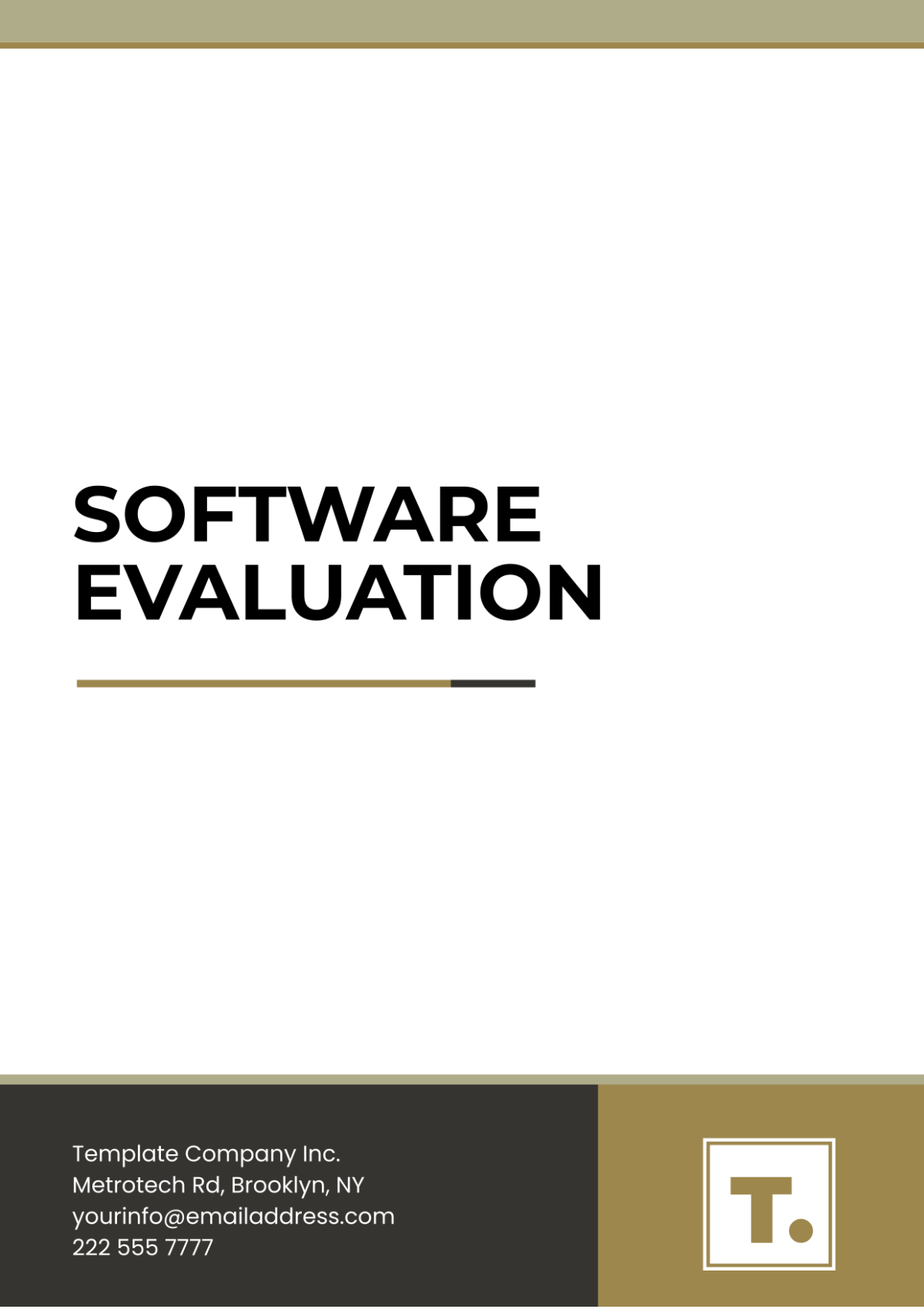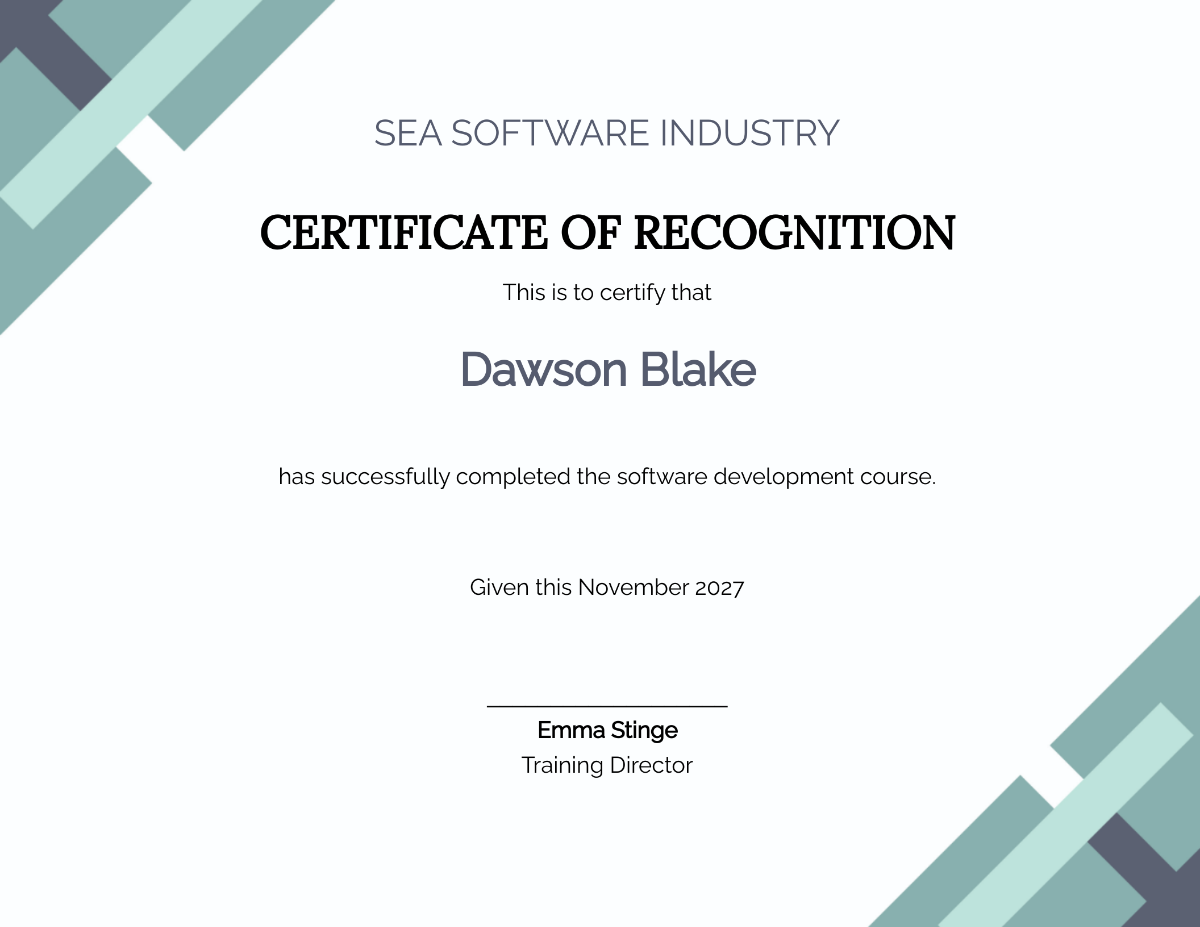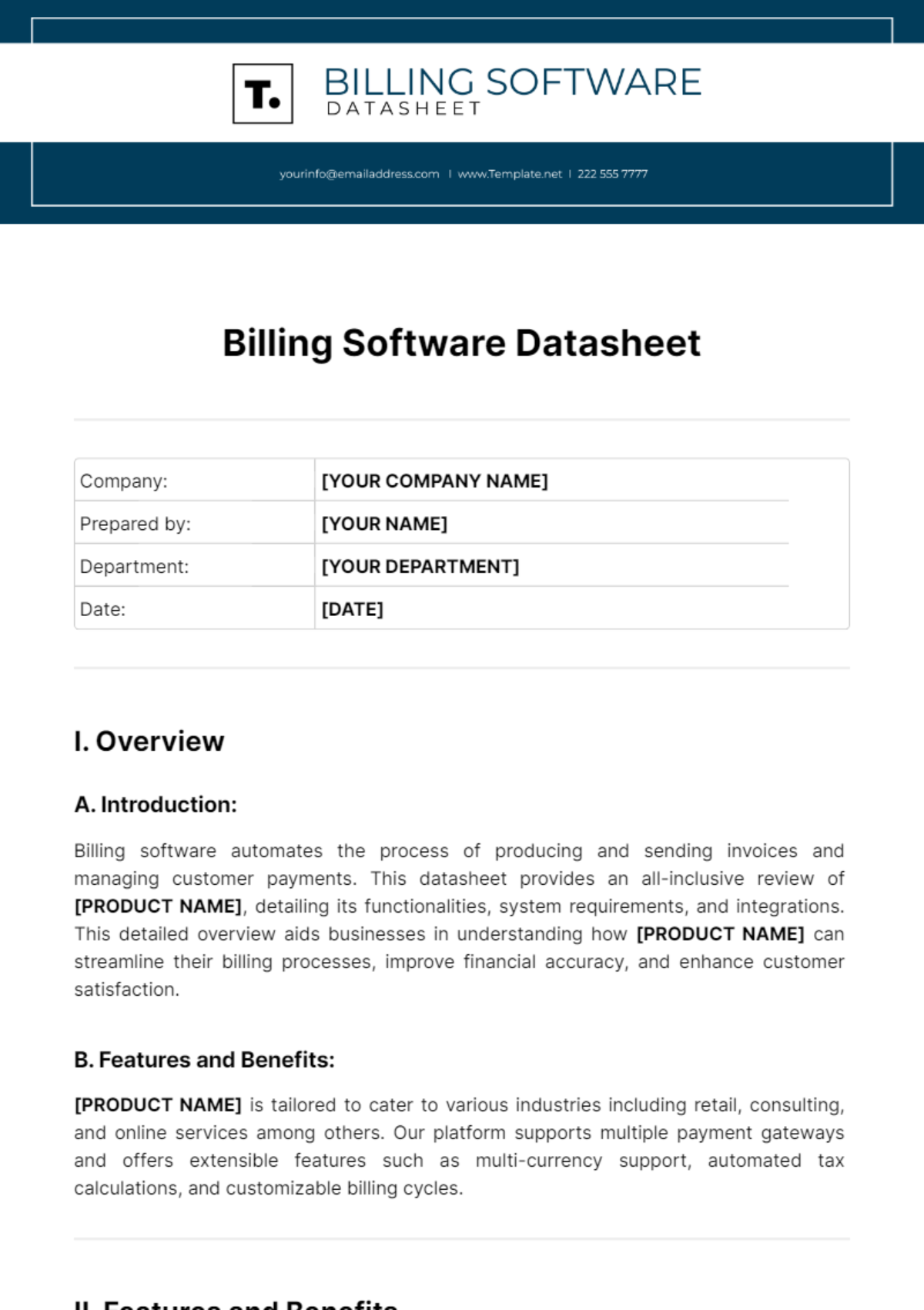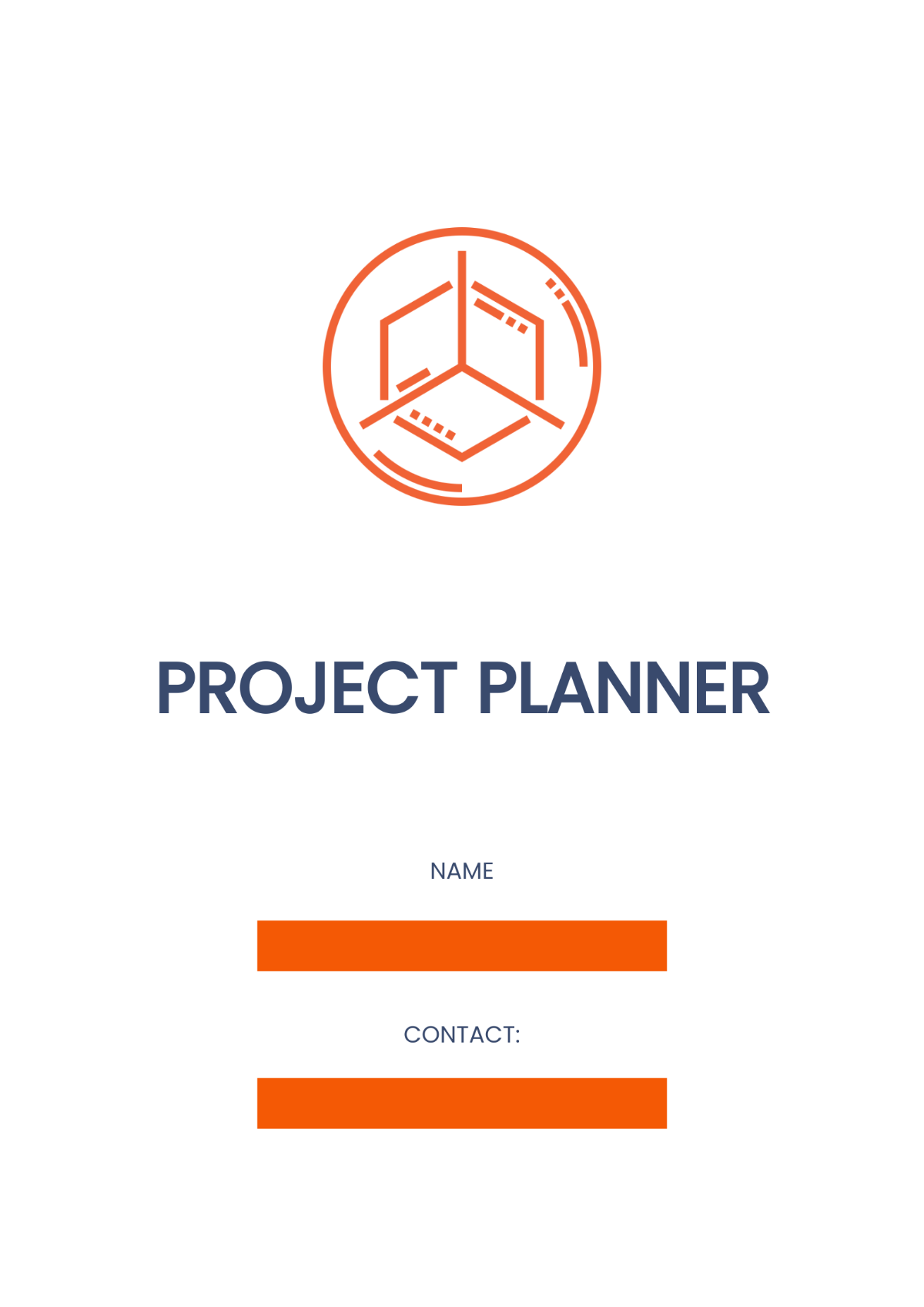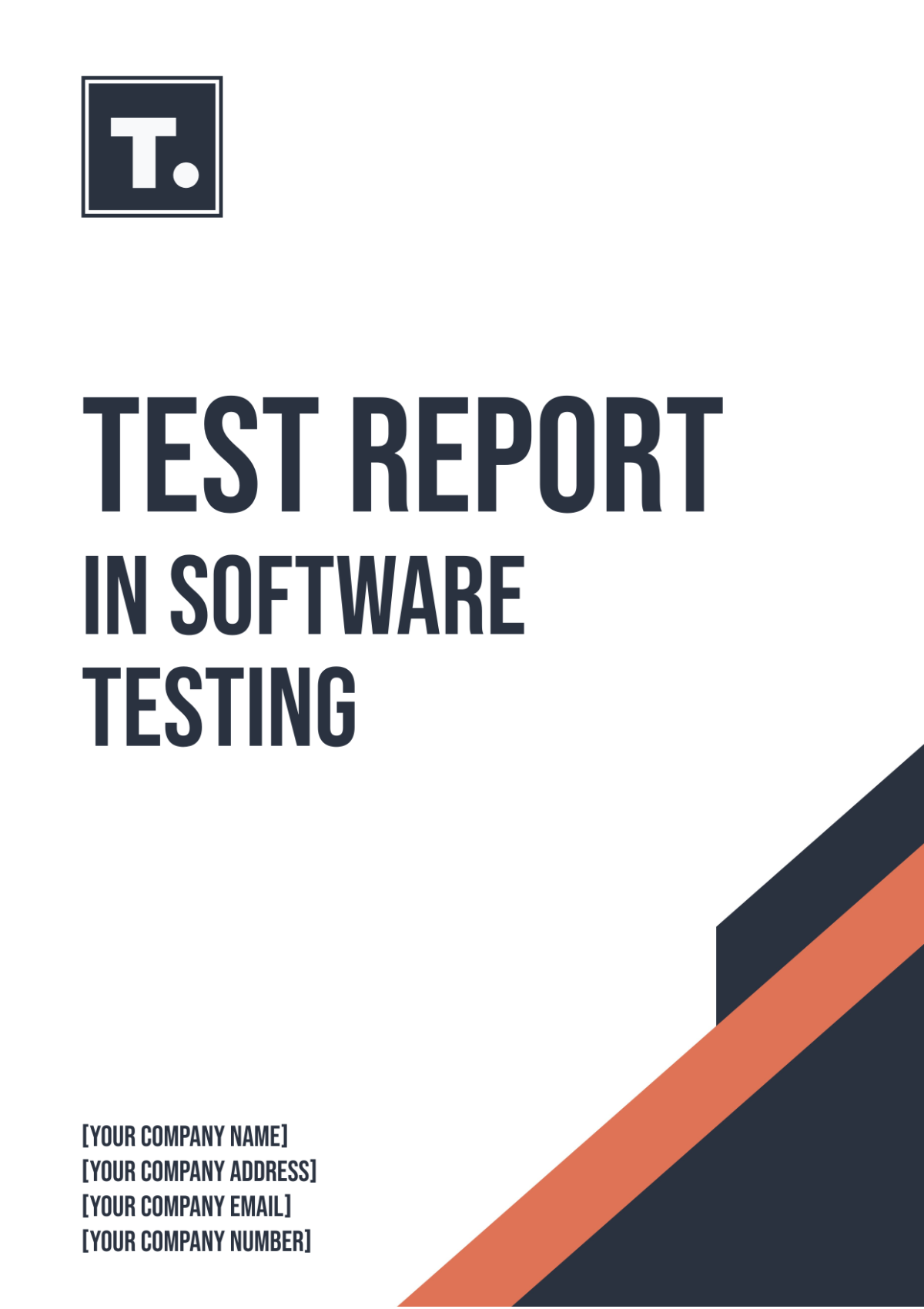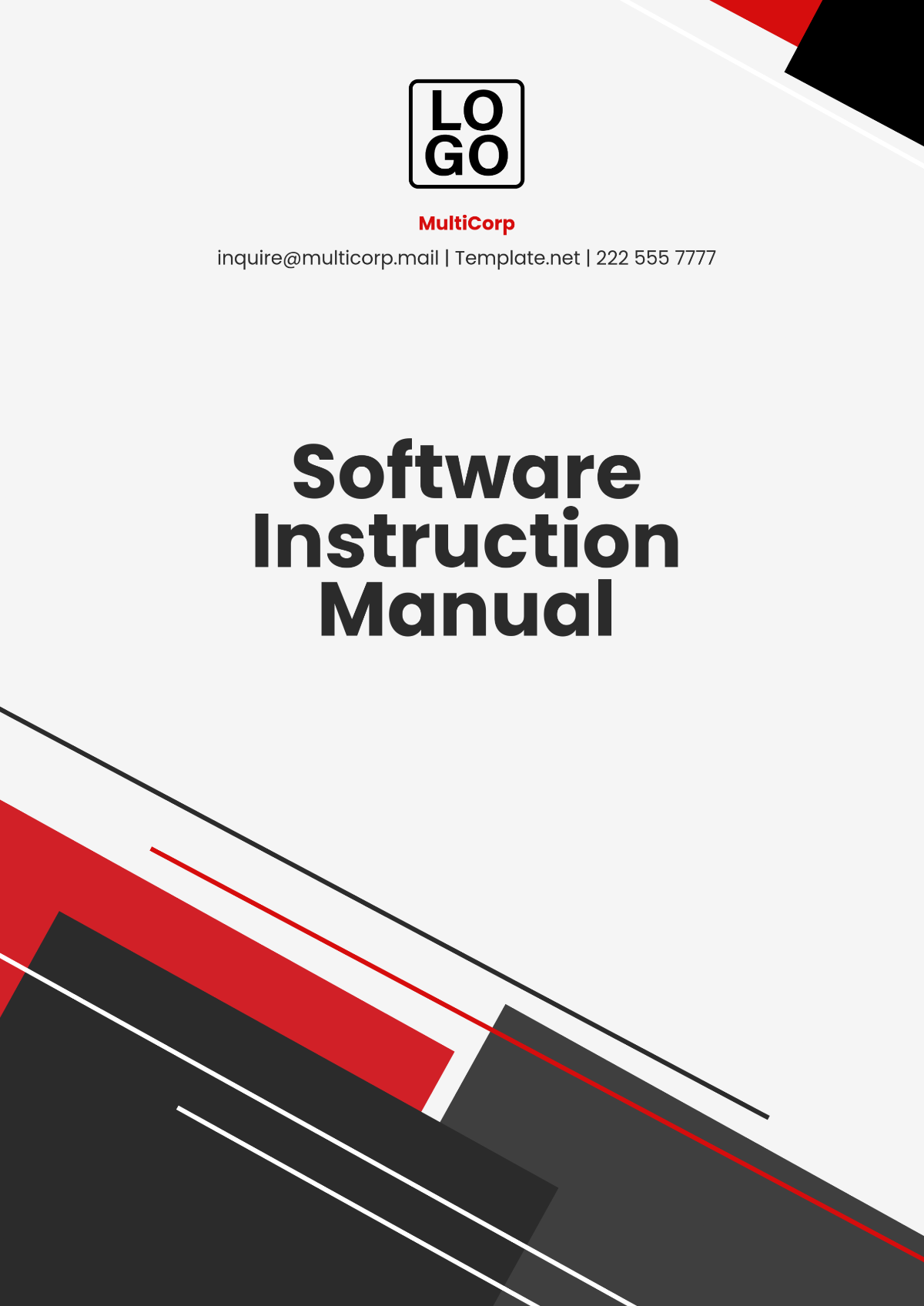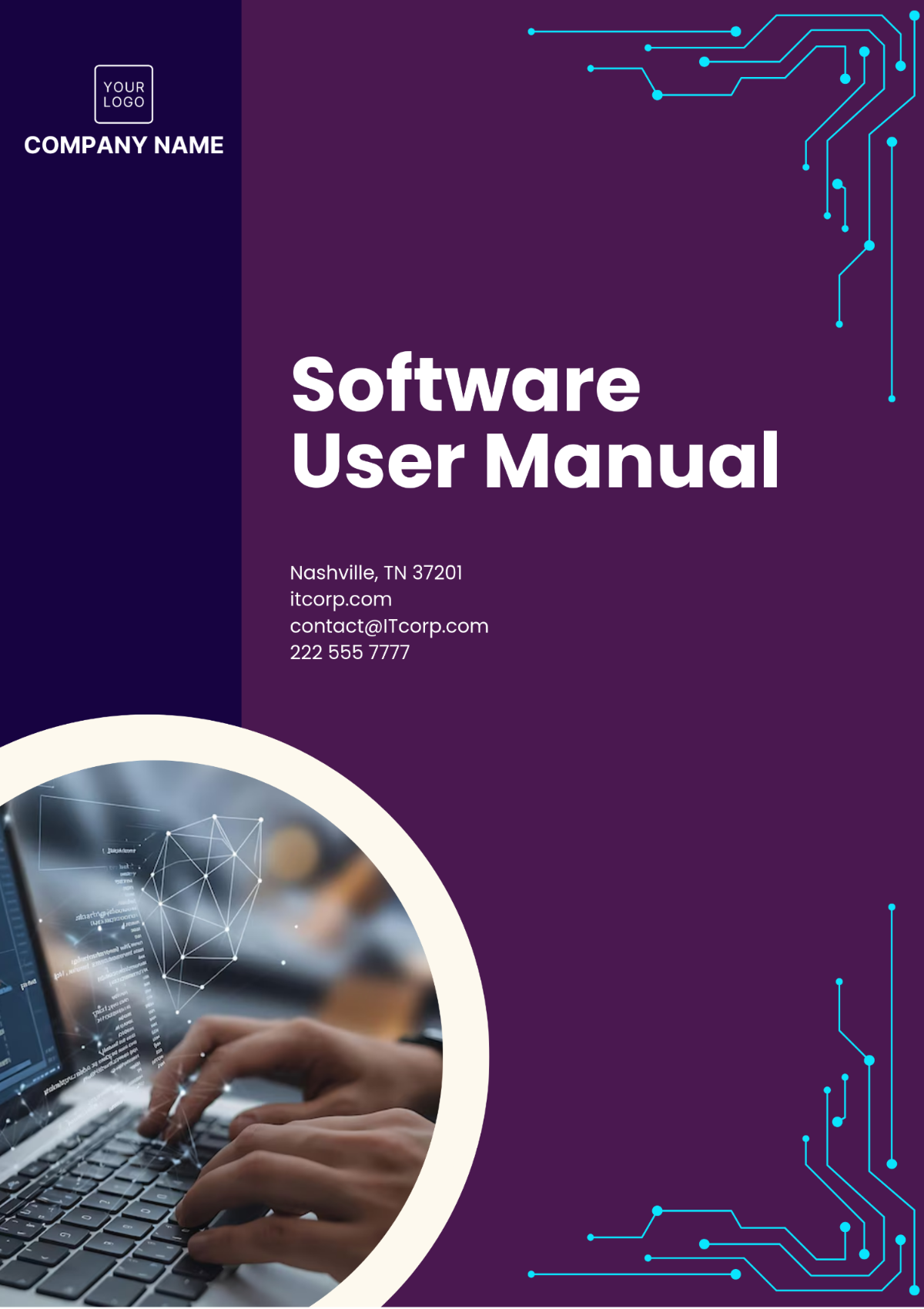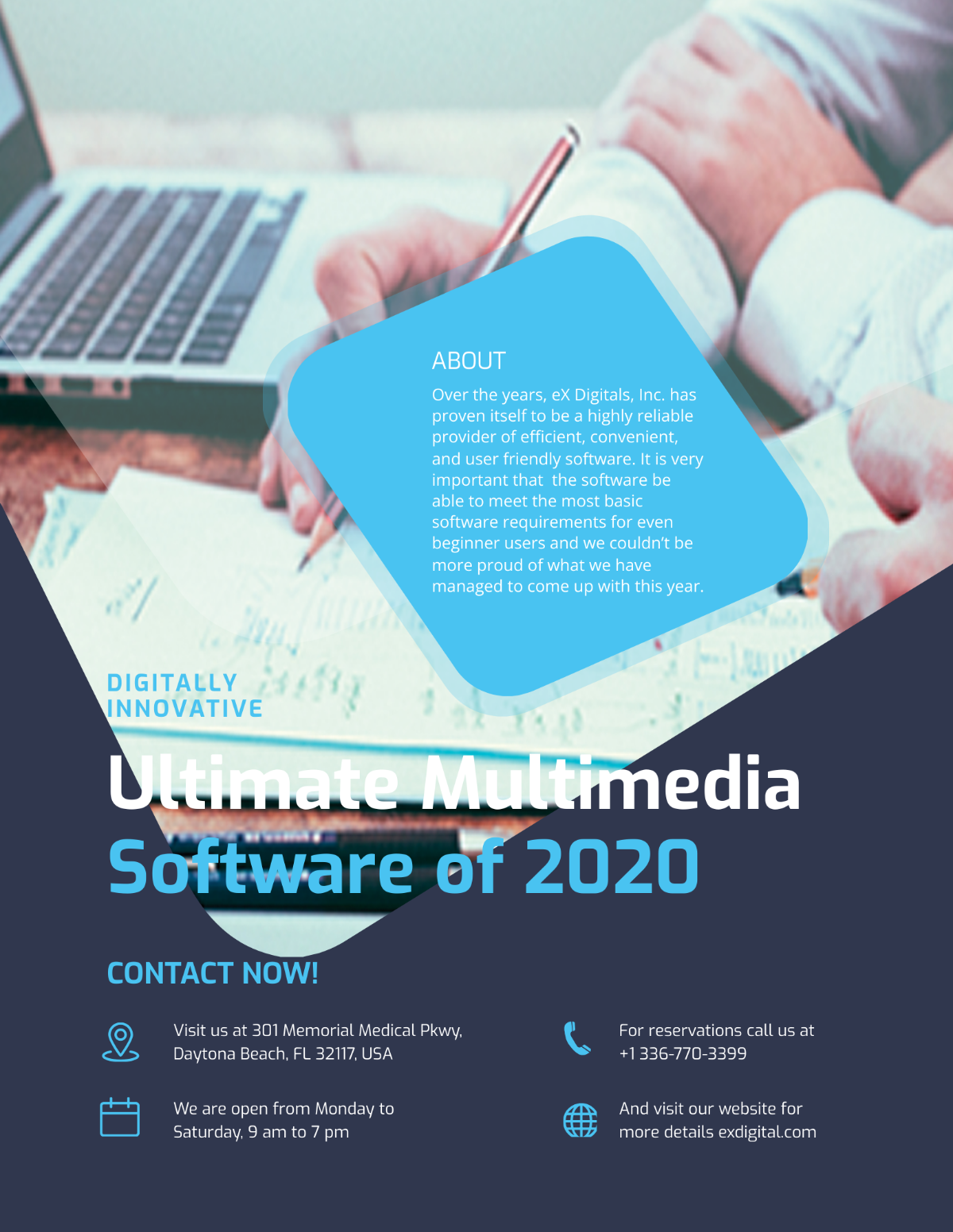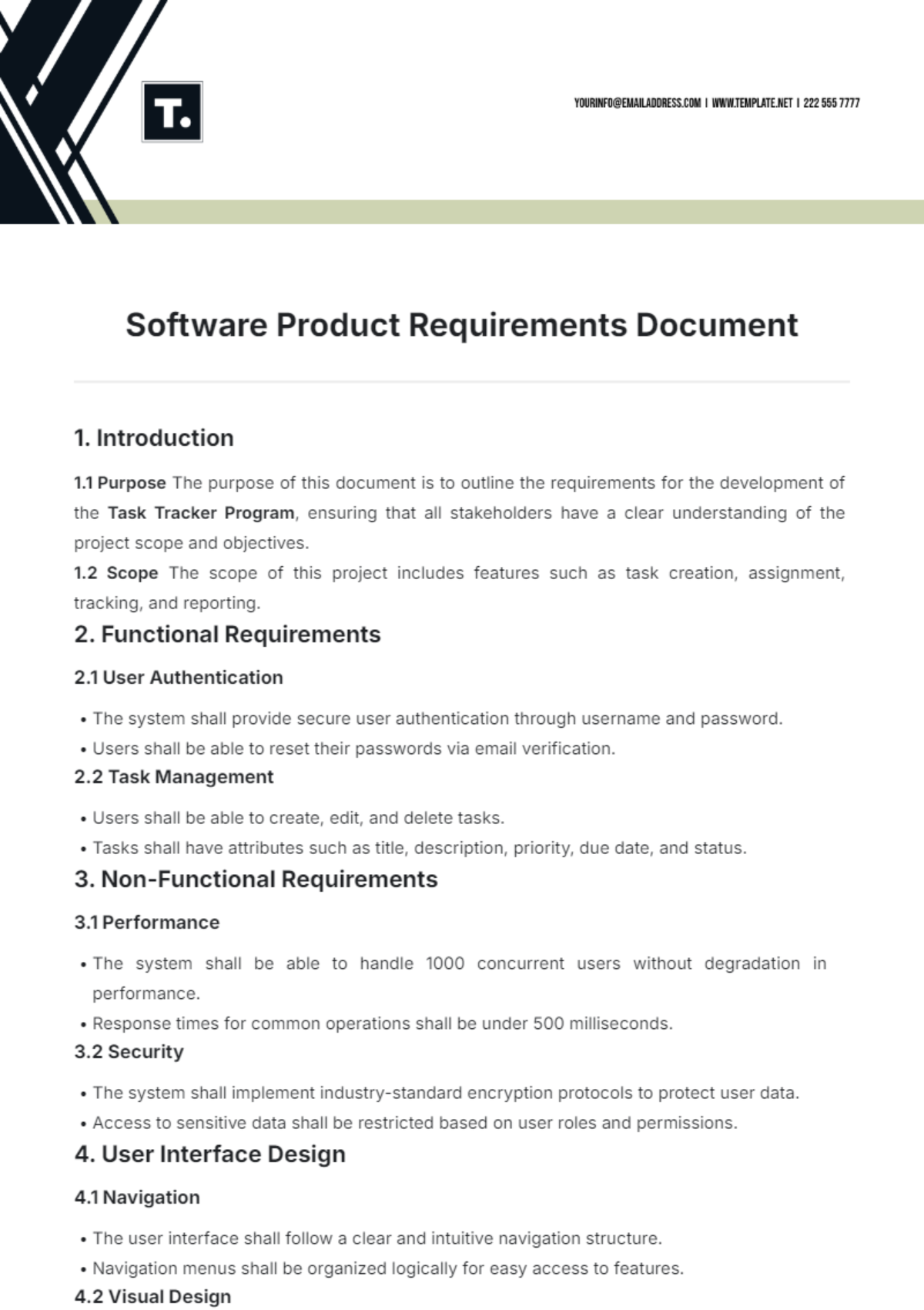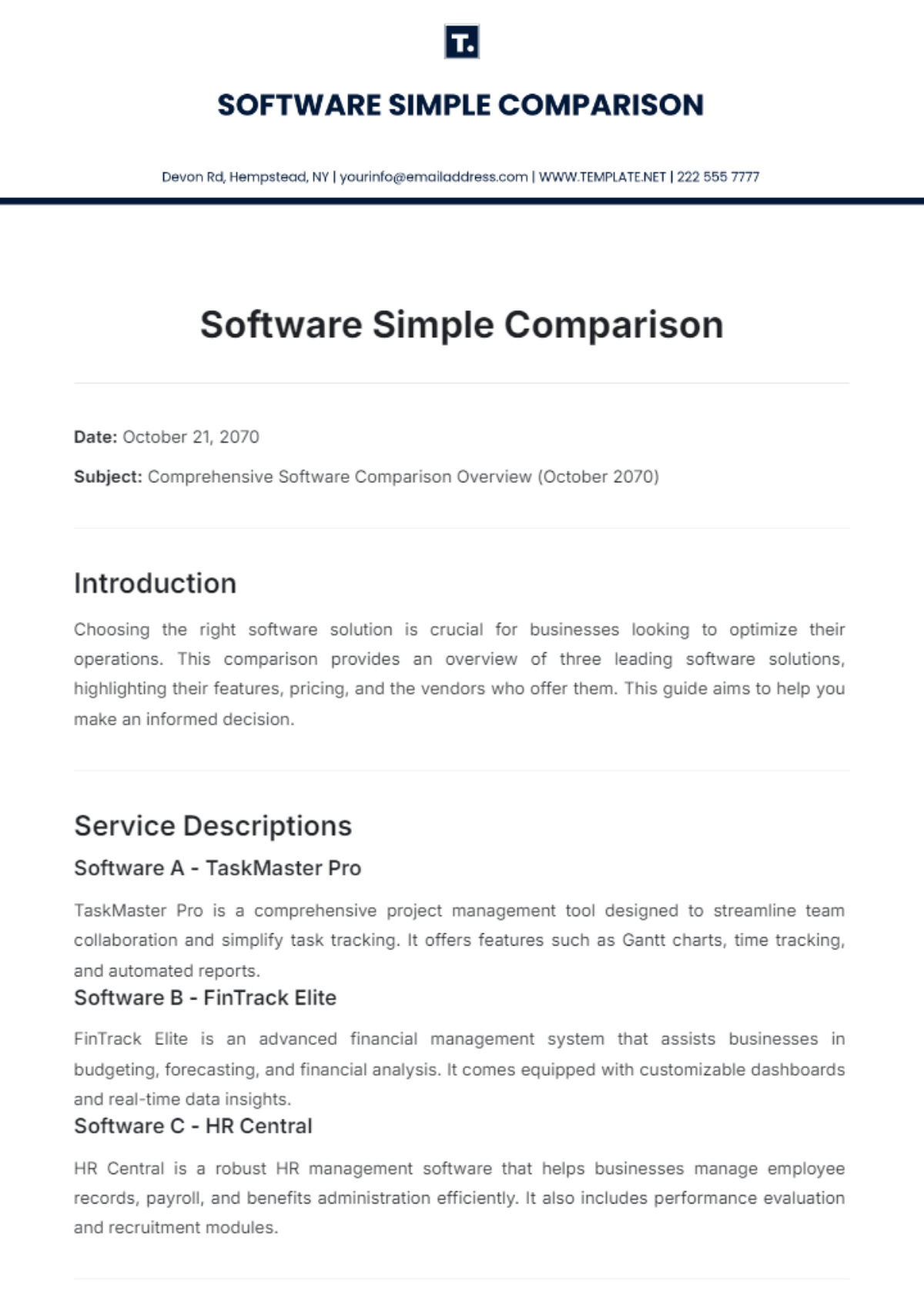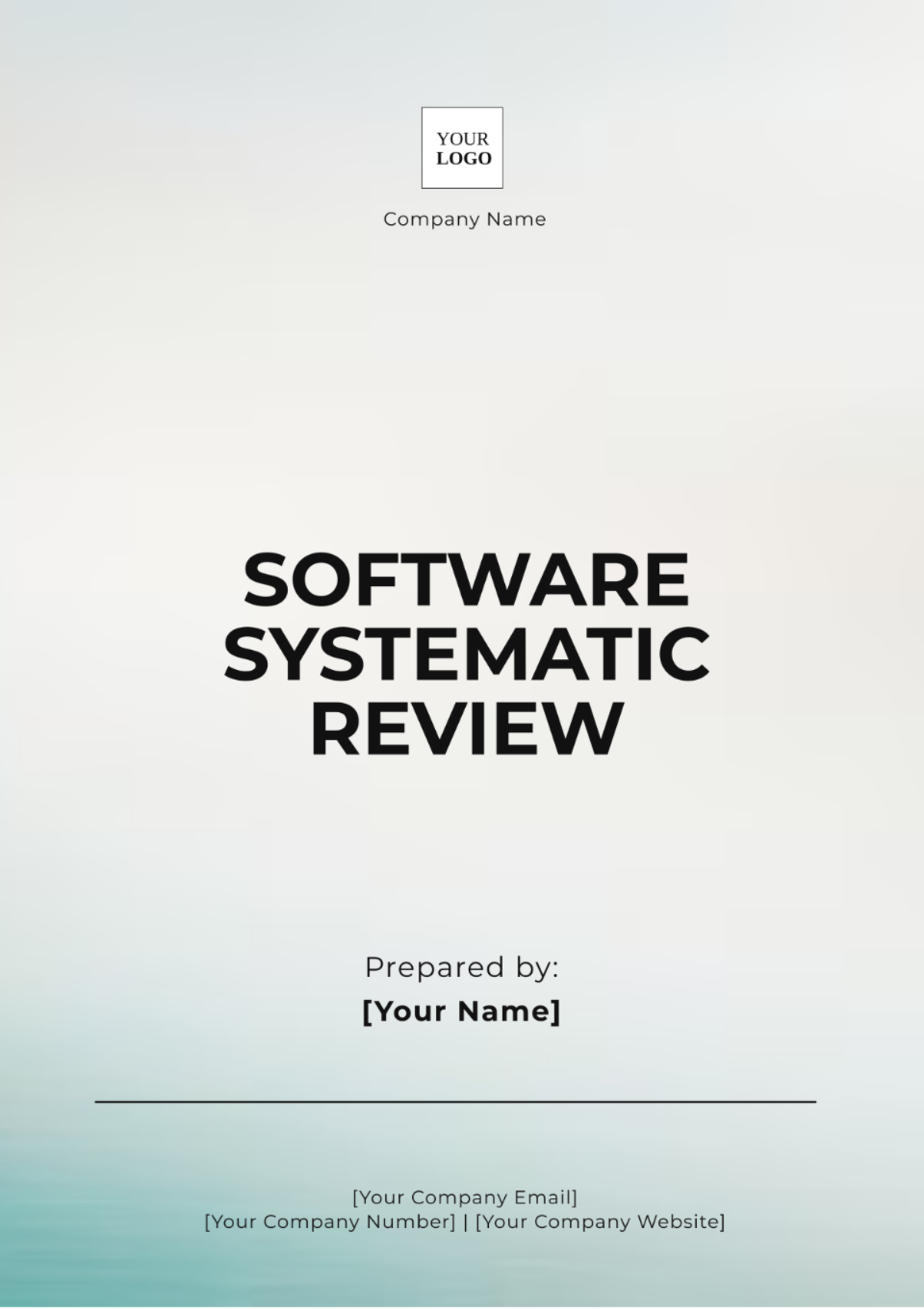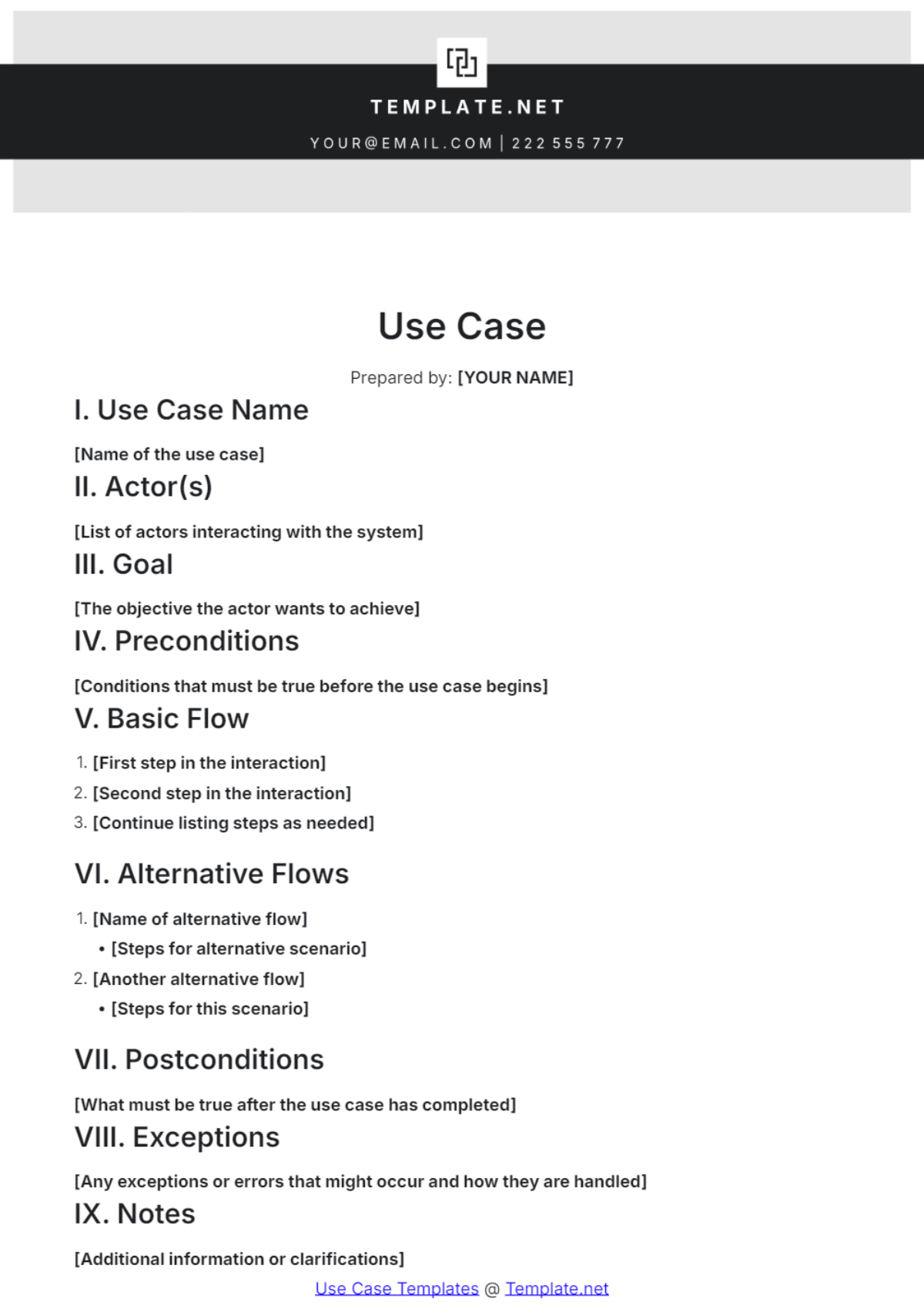Software Development Protocol
Introduction
In the ever-evolving landscape of software development, ensuring the highest quality of deliverables is paramount. This Quality Assurance Protocol outlines the essential practices and guidelines necessary for maintaining excellence throughout the software development lifecycle. Prepared by [YOUR NAME] at [YOUR EMAIL], this protocol serves as a cornerstone for teams aiming to elevate their quality assurance processes.
I. Purpose
The purpose of this protocol is to establish standardized procedures for quality assurance within software development projects. It aims to ensure that all software products meet specified requirements, are free of defects, and provide a seamless user experience.
II. Scope
This protocol applies to all software development projects undertaken by [YOUR COMPANY NAME]. It encompasses the planning, execution, and reporting of quality assurance activities throughout the software lifecycle.
III. Quality Assurance Activities
The following activities are integral to our quality assurance process:
Requirement Analysis: Reviewing and understanding software requirements to ensure clarity and testability.
Test Planning: Developing a comprehensive test plan that outlines the testing strategy, resources, and timeline.
Test Design: Creating detailed test cases and scenarios based on requirements and design documents.
Test Execution: Conducting manual and automated tests to identify defects and validate functionality.
Defect Tracking: Logging and managing defects using a defect tracking system to ensure timely resolution.
IV. Roles and Responsibilities
Role | Responsibilities | Frequency | Reporting Method |
|---|---|---|---|
QA Manager | Oversee QA processes and manage the QA team | Ongoing | Weekly Meetings |
QA Engineer | Execute test cases and report defects | Per Release | Test Case Report |
Developer | Fix reported defects and collaborate with QA | As Needed | Issue Tracker |
Project Manager | Ensure project timelines are met and coordinate with teams | Daily | Project Updates |
Stakeholder | Review testing outcomes and provide feedback | Bi-Weekly | Status Reports |
V. Tools and Resources
Test Management Tool: Utilize a test management tool for planning, executing, and tracking testing activities.
Defect Tracking System: Employ a defect tracking system to log and manage defects effectively.
Automation Tools: Leverage automation testing tools to increase efficiency in regression and functional testing.
VI. Test Documentation
All quality assurance activities and results must be documented to maintain transparency and facilitate future reference. Key documents include:
Test Plan
Test Cases
Defect Reports
Test Summary Reports
VII. Review and Approval
The QA Manager is responsible for reviewing and approving all test plans and summary reports. Final sign-off on quality assurance activities will be conducted at the completion of each project phase.
VIII. Continuous Improvement
Quality assurance is an ongoing process. Teams are encouraged to regularly review and refine their testing methodologies and protocols to align with best practices and emerging trends in software development.
Conclusion
By adhering to this Quality Assurance Protocol, teams at [YOUR COMPANY NAME] can ensure that all software products meet the highest standards of quality. This commitment not only enhances user satisfaction but also fosters trust in our development capabilities, positioning us for sustained success in the software industry.


